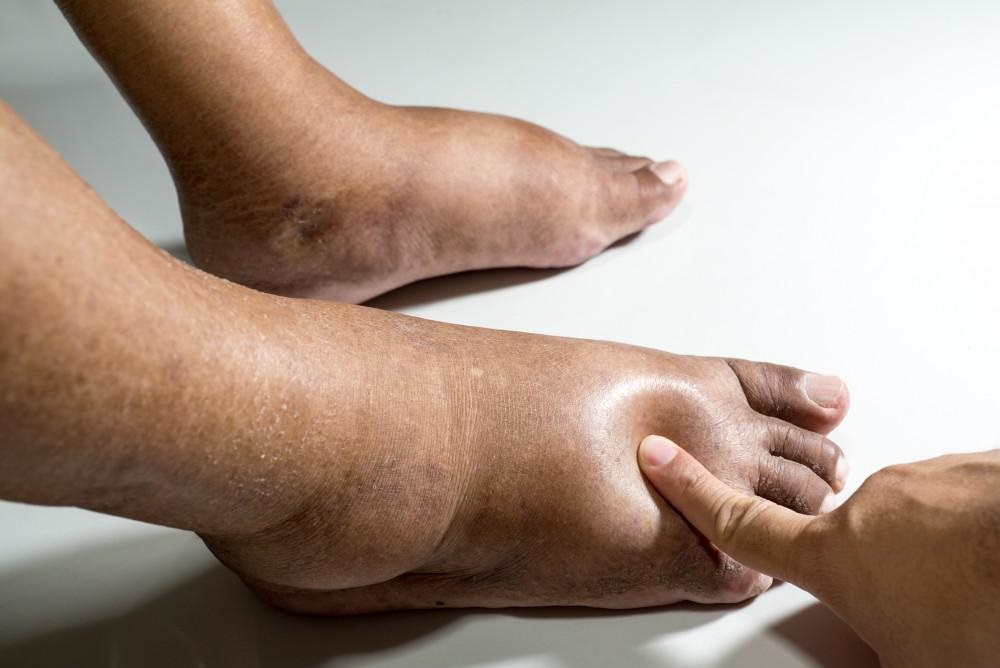Overview
A diabetic foot is a complication of unsuccessful diabetes management. Diabetes causes high or fluctuating levels of blood sugar, which interferes with the process of healing. They have become very common as one in every ten diabetic patients end up having foot ulcers.
Diabetic foot is a result of tissue breakage that can't heal due to improper nerve functioning or narrowed arteries. Therefore, even minor injuries to the foot can lead to the development of a foot ulcer. These ulcers can cause a lot of pain and discomfort, and if left untreated, can lead to gangrene or ulcer-related complications.
Complications:
- Nerve damage
- Skin and bone infections
- Abscess
- Gangrene
- Deformities
- Charcot's foot
Causes
Hypertension
Poor circulation in legs
High levels of blood sugar
Nerve damage
Venous insufficiency
Symptoms
Pain and firmness
Thickness in skin
Fever and chills
Swelling and discolouration
Discharge from the wound
Diagnosis & Treatment

Our doctor will conduct a series of examinations to evaluate the symptoms and medical history. They will also conduct a physical exam to check for scratches, cuts and blisters and take a pulse to evaluate the blood flow.
To assess the damage, our doctor may also recommend X-rays to check for any misalignments in the feet due to decreased bone mass. MRI scans can also be conducted to determine the extent of damage caused by the ulcer, along with blood tests to check for any infection.
Debridement:
In this procedure, our doctors will use a sharp tool or a scalpel to cut and remove the dead tissue or infected skin tissues. After the procedure, they will cover the wound with a sterile bandage which has to be replaced daily.
Infection Control:
Foot ulcers can get infected easily. Hence, our doctor will prescribe antibiotics like cephalexin, amoxicillin, moxifloxacin or clindamycin. It prevents further infections in the ulcers by the bacteria.
Vascular Surgeries:
In most cases, the cause of diabetic foot ulcers is the narrowing of arteries and poor blood circulation. Therefore, surgery is required to increase the flow of blood.
In an atherectomy, our doctors will remove the plaque consisting of fat, cholesterol and calcium from the artery for better blood circulation. The plaque is removed by shaving or vaporizing using a catheter or laser energy.
In case of an advanced blockage in the artery, our doctor may perform leg bypass instead of an atherectomy. It creates a new route so that the blood can travel around the blocked artery and can maintain proper blood flow.
Why choose Yashoda?

Latest & most-advanced medical care

Compassion in treating patients ensuring confidentiality

High standards in patient-centric care

Exceptional patient safety & maintenance


